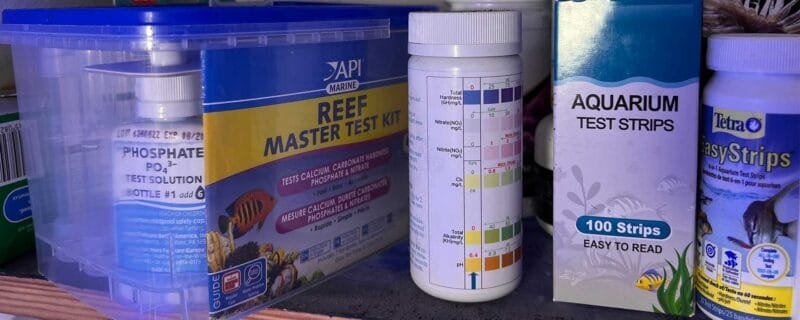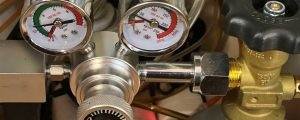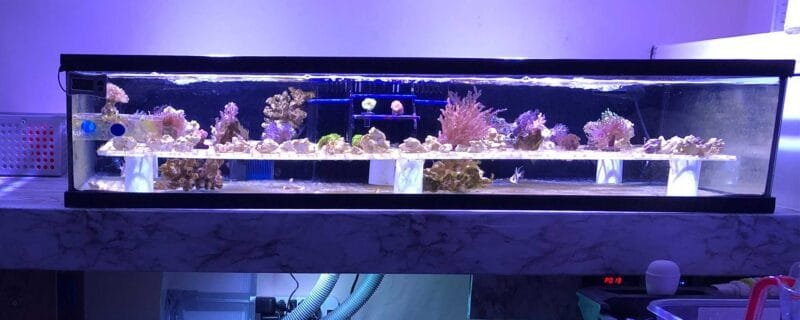When it comes to maintaining a healthy and thriving aquarium, water chemistry plays a pivotal role. Among the key parameters that aquarists should monitor, KH (carbonate hardness) stands out as a critical factor that often goes overlooked. In this blog post, we’ll explore the importance of testing KH in your aquarium, what KH stands for, and why it is crucial to keep it stable.
Understanding KH (Carbonate Hardness)
KH, or carbonate hardness, refers to the concentration of carbonate and bicarbonate ions in your aquarium water. These ions help maintain the stability of pH levels in your tank. Essentially, KH acts as a buffer, preventing rapid fluctuations in pH and providing a stable environment for your aquatic inhabitants.
Why KH Matters
- pH Stability: KH acts as a buffer against pH swings. Without adequate carbonate hardness, your aquarium’s pH can become volatile, leading to stressful conditions for your fish and potential harm to delicate aquatic life.
- Healthy Fish: Many fish species are adapted to specific pH ranges. Maintaining a stable KH helps ensure that the pH remains within the acceptable range for your fish, promoting their well-being and reducing stress.
- Efficient Biological Filtration: Beneficial bacteria responsible for biological filtration are sensitive to pH fluctuations. A stable KH helps maintain the optimal pH range for these essential microorganisms, ensuring efficient filtration and water quality.
- Calcium Availability: In tanks with live plants or reef setups, a stable KH also influences the availability of calcium and magnesium ions, vital for the growth and health of corals and aquatic plants.
- Ease of Maintenance: Keeping KH stable simplifies aquarium maintenance. You’ll spend less time addressing pH issues and more time enjoying your tank.
Testing KH and Keeping It Stable
Testing KH is a straightforward process. You can use test kits or digital meters to measure the carbonate hardness of your aquarium water. Regular testing allows you to monitor KH levels and take action if needed.
To maintain stable KH:
- Monitor Regularly: Test your KH regularly to detect any fluctuations promptly. Aim for a KH level suitable for your specific aquarium setup and species.
- Water Changes: Regular water changes help replenish carbonates and bicarbonates in your aquarium, maintaining stable KH levels.
- Additives: In some cases, you may need to use KH additives or buffers to stabilize levels. Follow product instructions carefully and monitor KH after use.
- Adjust CO2: If you have a planted tank, regulating CO2 injection can impact KH levels. Ensure that CO2 levels are appropriate for your plants without causing significant KH fluctuations.
Incorporating KH testing into your regular aquarium maintenance routine is a smart move for any aquarist. It ensures a stable and harmonious environment for your fish, plants, and corals. By understanding the significance of KH and keeping it within the optimal range, you’ll be well on your way to achieving aquarium success and providing the best possible conditions for your aquatic friends.
For more in-depth information on KH testing and other crucial aspects of aquarium care, visit fishyfriends.ca, your go-to resource for expert advice and valuable insights into the world of aquarium keeping.







